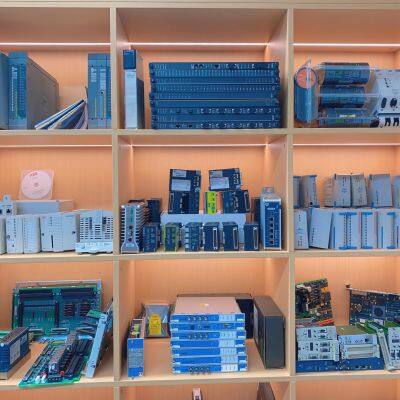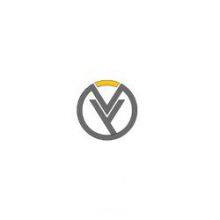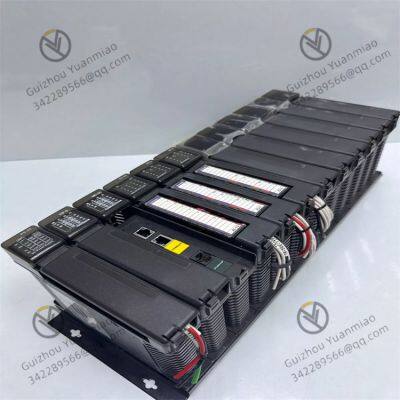Product Description
FOXBORO SCD2200-RTU Remote Terminal Unit Control Module

Working Principle: This module can receive signals from on-site sensors and actuators, convert them into digital data for analysis and processing. Meanwhile, the module can precisely control and adjust on-site equipment according to preset control logic and algorithms. In addition, it supports multiple communication protocols and interfaces, enabling real-time transmission of collected data to the central control system or upper computer, while receiving control instructions and parameter settings from these systems to achieve remote monitoring and control.
Functional Features:
Powerful Data Processing Capability: It can efficiently process various collected data, providing an accurate basis for system control and ensuring stable and efficient production processes.
High Reliability and Stability: Adopting high-quality components and strictly tested circuit designs, it can operate stably in various harsh industrial environments. It also has self-diagnosis and fault protection functions, which can promptly detect and handle potential problems.
Modular Structure: Featuring a modular structure, it can create multiple redundant communication and rack configurations, offering fast, simple, and reliable configuration and operation requirements, and can be flexibly combined and expanded according to actual needs.
Open Programming and IP Connectivity: Providing advanced functions for a wide range of remote measurement and control applications, it supports IP connectivity and open programming, facilitating integration with different systems and personalized function customization.
Hardware Architecture
The hardware architecture of the FOXBORO SCD2200-RTU module mainly consists of a central processing unit, memory, input/output interfaces, communication modules, and power modules, with specific introductions as follows:
Central Processing Unit (CPU): As the "brain" of the module, it is responsible for processing various input signals, executing logical control and data processing tasks, such as calculating collected sensor data and determining whether to issue control instructions according to preset logic, serving as the decision-making center of the module.
Memory: Used to store various temporary or permanent data, including collected data, historical records, running programs, and configuration parameters, ensuring data reliability and durability. Even if the module is powered off, key data will not be lost.
Digital Input Unit: Responsible for collecting on-site switch signals, such as the on-off status of relay contacts, and can also be switch signals in the form of voltage or current. It usually adopts optical isolation technology, which can resist interference from strong electric and magnetic fields on-site, ensuring stable operation in harsh environments.
Digital Output Unit: Used for remote control of remote equipment, capable of performing operations such as starting and stopping equipment, and triggering sound and light alarms. It controls external equipment by outputting relay contact signals or specific voltage and current signals.

Analog Input Unit: Collects various analog signals, such as standard 4-20mA and 0-10V signals, and can also process non-standard analog signals. It has high-precision A/D conversion function, which can convert analog signals into digital signals for CPU processing, and also has isolation function to prevent interference between different signals.
Analog Output Unit: Mainly used to control automatic control systems such as PID regulation systems, and realizes precise control by outputting analog signals (such as 4-20mA, 0-10V) to adjust parameters of on-site equipment.
Pulse Input Unit: Used to collect the frequency of pulse signals, often connected to devices such as flow meters. It calculates parameters such as flow by measuring pulse frequency, and also has optical isolation function to ensure the accuracy of signal collection.
Digital Quantity Input Unit: Receives various serial data signals, supports different communication interfaces such as RS485, RS232, and RS422, and can transmit data with other devices with corresponding interfaces.
Communication Module: It is a key part of realizing remote monitoring, supporting multiple communication protocols such as DNP3 slave (TCP/IP and serial) and IEC 61850 client protocols. It can exchange data with the central control system or other devices through Ethernet interfaces, serial ports, etc., send processed data, and receive remote instructions.
Power Module: Provides stable power supply for the module, usually supporting AC or DC power supply modes, with overvoltage and overcurrent protection functions, ensuring the module can work normally in different power environments, and providing reliable power support for other hardware modules.
Application Fields
Power Industry: It can be used in the DCS monitoring system of power plants to real-time monitor the operating parameters of generators, transformers and other equipment, such as voltage, current, temperature, etc., and control according to preset logic to ensure the stability of the power generation process. It is also suitable for the integrated automation control system of substations, collecting and calculating the position signals and power parameters of switchgear, realizing remote control of switch opening and closing, as well as fault identification and isolation.
Petrochemical Industry: In oil and gas exploitation, it can be installed at the wellhead to collect data such as wellhead pressure and flow, and remotely control the start and stop of oil production equipment. In the chemical production process, it can be used in the computer control system for constant flow of chemical liquids in chemical plants, precisely controlling the delivery flow of chemical liquids to ensure that chemical reactions proceed according to specified processes. It can also monitor parameters such as temperature and pressure of reaction kettles to ensure production safety.

Municipal Engineering Field: It can be applied to intelligent fire water supply control systems, real-time monitoring the water level of fire pools and pipe network pressure, and automatically starting fire pumps according to fire signals to ensure fire water supply. It is also suitable for urban gas safe operation and information management systems, monitoring the pressure and flow of gas stations and gas pipelines, and quickly alarming when pressure is abnormal to ensure gas operation safety. It can also be used in urban water supply automation control systems to monitor the water level of water plants and pipe network pressure, realize remote control of water pumps, and optimize water supply scheduling.
Industrial Automation Field: It is suitable for PLC programmable conveying control systems, monitoring and controlling the conveying of materials on the production line, adjusting conveying speed, starting and stopping equipment according to production needs. It can also be used in papermaking and printing and dyeing production lines to monitor and control parameters such as paper thickness, printing and dyeing temperature, and dye flow to ensure stable product quality.


ICS TRIPLEX 9100 T9100@F2 Off-the-Shelf Module Card
Low voltage AC power input module Bently 125840-02
ICS TRIPLEX T8111C Trusted TMR Expander Processor Module
ICS TRIPLEX T8431 Analogue Input Module
BENTLY 330130-085-00-00 extension cable
ICS TRIPLEX T8850 Expander Interface Module
WOODWARD 8440-1666 B Synchronizer Module
WOODWARD 5233-2089 High-Efficiency Control Module
WOODWARD 9907-1106 Current Pressure Converter CPC-II
GE F650BFBF1G0HI Digital Interval Controller Module
GE DS2020UCOCN1G1A - Mark V Turbine Control System Series Module
WOODWARD 5466-425 Analog I/O Module
 yezi
Hi there! Welcome to my shop. Let me know if you have any questions.
yezi
Hi there! Welcome to my shop. Let me know if you have any questions.







